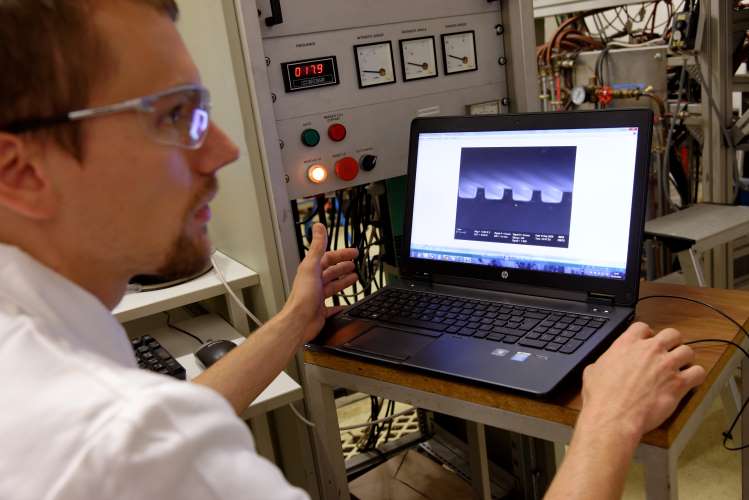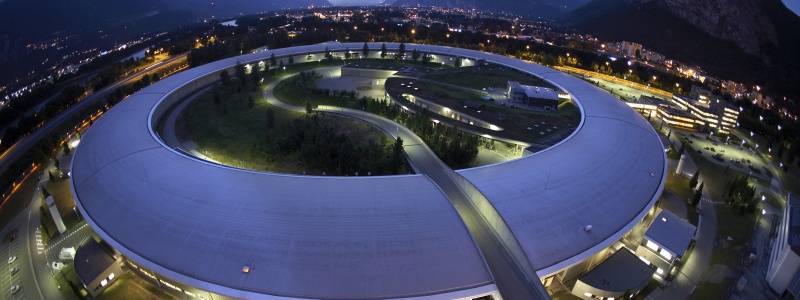Grenoble, the cradle of white coal and electrometallurgy, had to host a major electrochemistry laboratory like LEPMI. LEPMI is a joint research unit of CNRS, Grenoble INP - UGA, UGA and Université Savoie Mont Blanc, based in Grenoble and Chambéry.
Research at LEPMI
The scientific orientation of LEPMI is based on the historical keywords and thematics of the laboratory: electrochemistry, materials, interfaces and electrochemical engineering.
This disciplinary base is the driving force behind the development of our nationally and internationally recognised activities in the fields of energy and sustainable development.
The laboratory is involved in economic issues. The applications underlying LEPMI's research activities are thus oriented towards the development of electrochemical generators (batteries, fuel cells, photovoltaic cells), hydrogen production (electrolysis), recycling processes for strategic materials and corrosion.The scientific strategy of the unit is based on one of its specificities and strengths, which is to propose a balanced research between fundamental and applied approaches ranging from the synthesis of functional materials and their characterisation to the experimental study and modelling of devices for energy by integrating the recycling aspect of strategic materials.

Organization
The various scientific activities are carried out within the framework of three teams with their own specificities and around the development of tools and skills that are transversal to LEPMI, inter-team actions and technical platforms.
3 research teams
Interfacial Electrochemistry and Processes (Team EIP)Genesis, Usage of Durable Interfaces for Energy (Team GUIDE)
Material Interfaces ELectrochemistry (MIEL)
2 main thematic areas
Electrochemical energy storage and conversionSustainable development
Platforms and networks
The laboratory's scientific activities require the use of numerous characterisation tools, and the various technical platforms allow the laboratory's equipment to be shared and rationalised.The laboratory is a member of the Carnot Institute "Energies of the Future", of the LABEX CEMAM, of the RS2E network, of the National Institute of Solar Energy (INES), of the Hydrogen Federation FRH2 and is a partner of the competitiveness clusters Axelera (chemistry, environment), Tenerrdis (new energies) and Polymeris (plastics and composites).
An access to the important scientific instruments of the Grenoble site
The laboratory maintains close and privileged relations with the major instruments of the Grenoble site: ESRF and ILL for the structural characterisation of materials and surfaces, essentially for electrochemical generators (batteries, fuel cells).



